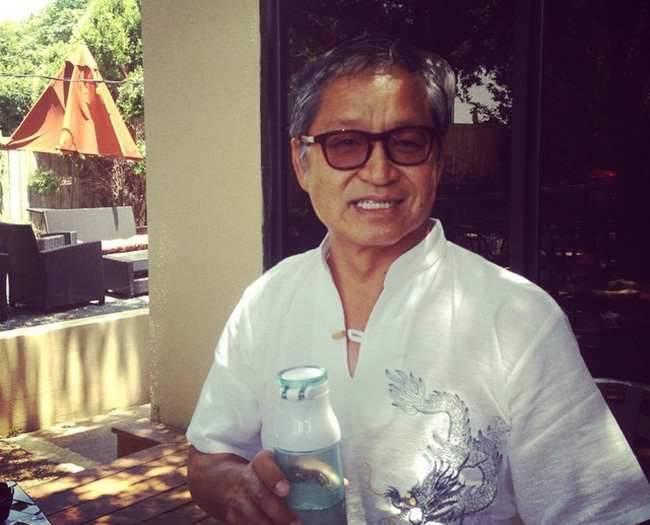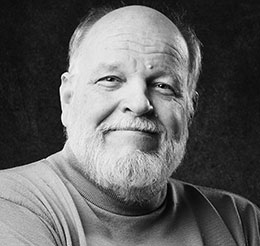One on One: A New Series of Interviews With Austin Restaurant Owners

We’re beginning a new series of interviews with prominent restaurant owners who are integrally involved with the growth of the Austin food scene.
First up is Ronald Cheng, founder and owner of the Chinatown restaurants. Cheng opened the first Chinatown in Westlake in 1983. Chinatown was an immediate hit and changed the face of Chinese food in Austin. His sister restaurant on Mopac at Greystone has also been very successful, particularly with its Sunday dim sum.
RB: Why did you start Chinatown ?
RC: Well, I come from a family that has owned and operated several Chinese restaurants, so when I graduated from UT I wanted to stay in the restaurant business and applied for several server jobs at local American restaurants but I couldn’t get hired because I was Chinese.
So I went to Houston and got a job at Peng’s restaurant and worked under the famous Chef Peng Chang-kuei, the inventor of General Tso’s Chicken.
I did six months of intensive training and worked my butt off. But it was really worth it.
RB: So you learned at the hand of master?
RC: I truly did.
RB: And what happened after that?
RC: I came back to Austin and took a hard look at the Austin restaurant market. I saw a huge hole for authentic Chinese cuisine. So I got some backing and opened Chinatown.
RB: So how did that go at first?
RC: It was chaos! I had to learn on the fly. I waited tables, worked in the kitchen and greeted guests but I also had to learn how to be a boss and run the restaurant. I had to step back and teach my employees how to properly do their jobs. But somehow it all came together and we were packed every night.
RB: So exactly what was authentic Chinese cuisine at the time?
RC: Food that was cooked and and served in the mainland by chefs using the old traditional ways where they go through a process of rigorous training until they have mastered every aspect of preparing regional dishes. Only then are they allowed to get in front of a wok. Then they can prepare Szechuan, Mandarin, Hunan, Shandong and others.
But when I opened Chinatown, most Austin restaurants were only doing an American version of Cantonese: egg rolls, egg drop soup, chop suey, fried rice, beef and broccoli, and the like.
No one in Austin had ever seen General Tso’s Chicken or Mandarin beef on a menu. So we offered a change and people really responded.
RB: You’ve been at this for a long time. How have you kept the menu fresh snd more diverse?
RC: I go to Taiwan every year and eat at a variety of places. I also go to Beijing and I get new ideas and introduce them to our customers. I also go to Thailand.
RB: Thailand?
RC: Yeah, I incorporate a lot of Thai influences into my dishes. When I first introduced Thai Pepper Basil Shrimp, and Hot and Sour Taiwanese Seafood Soup, people said “What??” but then they caught on.
RB: What accomplishment in your career are you proudest of?
RC: The people who have worked with me. I have two chefs who have been here for 36 and 38 years and they’re the bedrock of my restaurants. I’m also very proud of the way our servers have come along. They are so personable that many customers ask for them. And several have gone on to open their own restaurants. And our customers are amazing. They stuck with us through the pandemic and many come several times a week. They bring their friends and those people tell their friends. And that’s how we’ve grown. I’m very proud of that!
RB: Ronald thanks for your time and your insights. You should write a book.
RC: Nah, too busy.
And there you have it folks: a portrait of the quintessentially successful restaurateur. Lessons to be learned!


